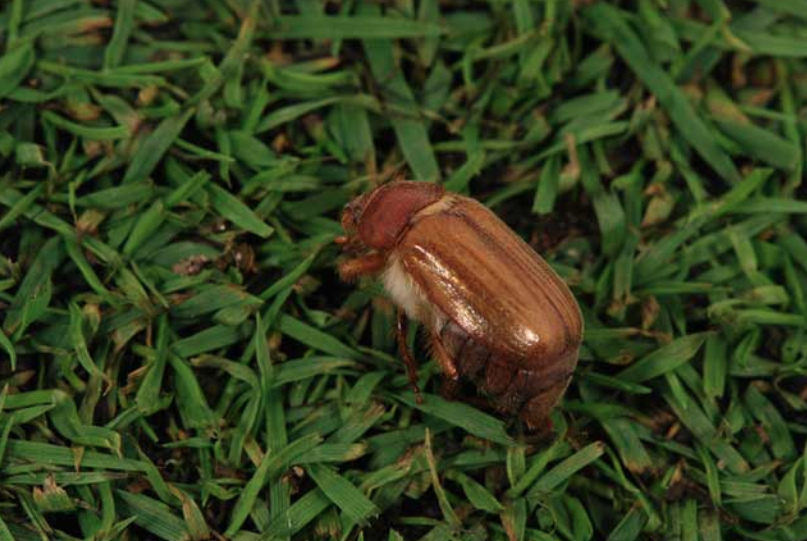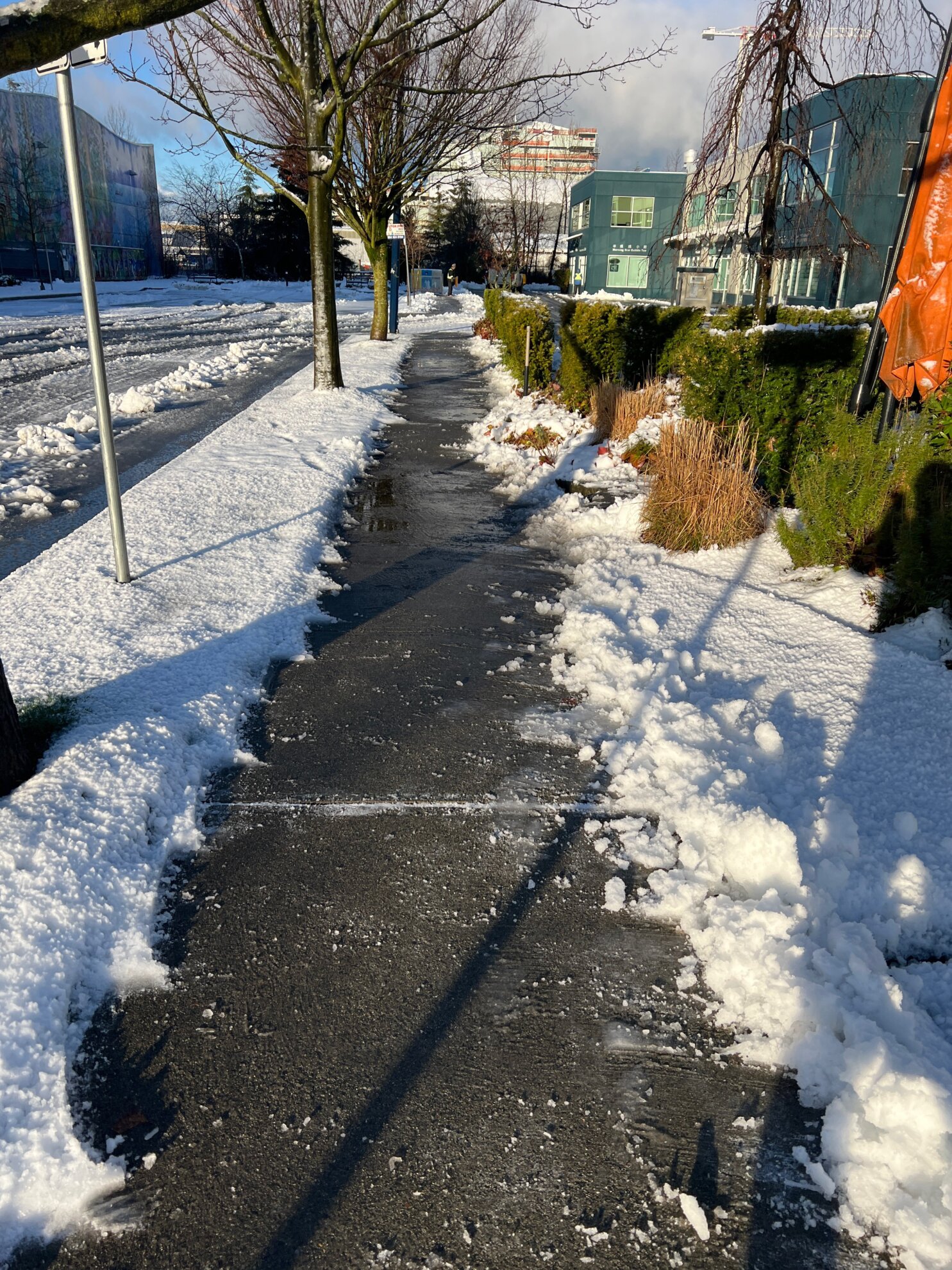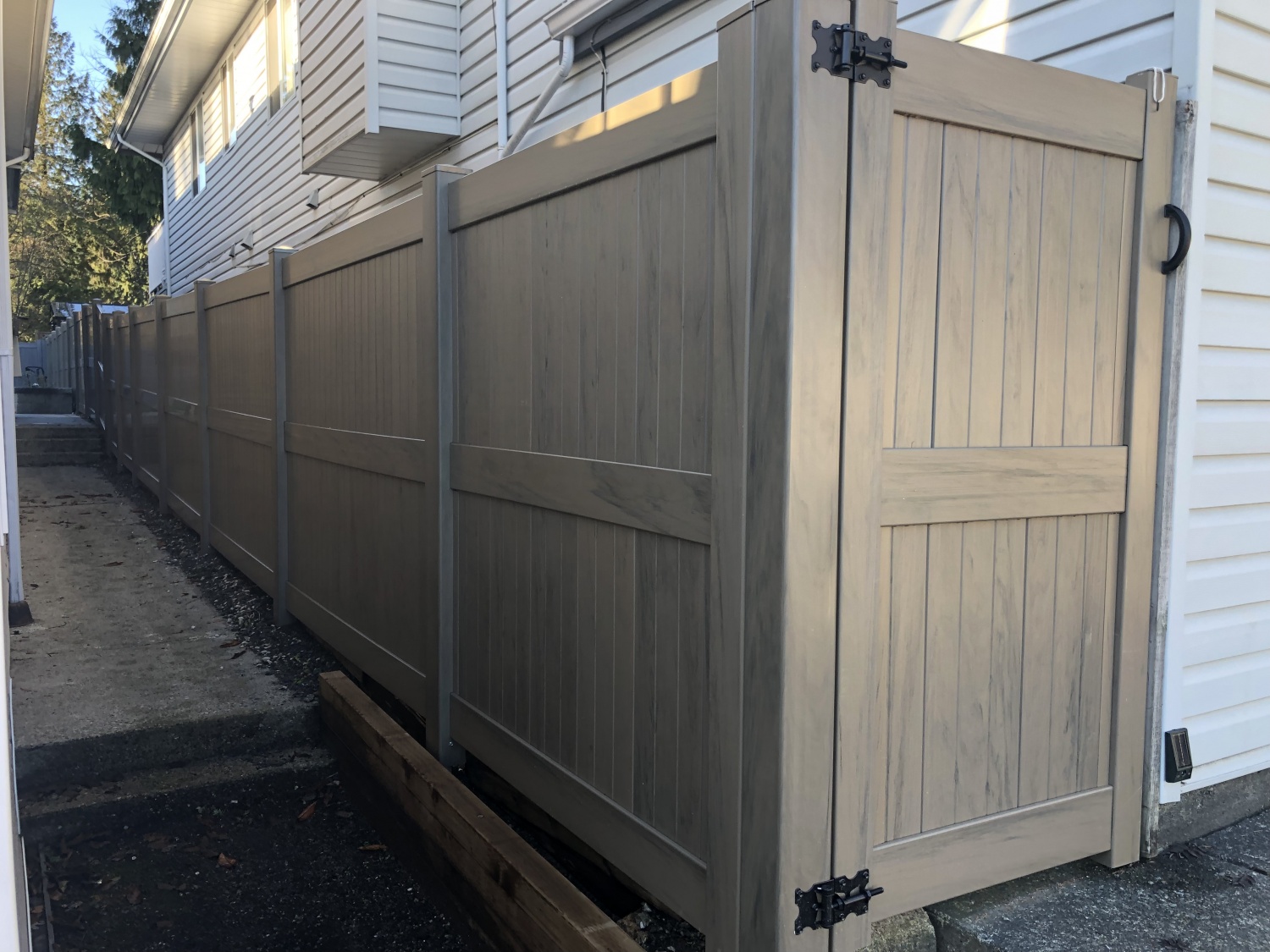How to Rescue Your Lawn from Chafer Beetle Damage: A Step-by-Step Guide

Your once-lush green lawn, the pride of your home, now bears the scars of a silent invader – the chafer beetle. But fear not, for where there is adversity, there is also opportunity for triumph. With a blend of knowledge, determination, and a touch of green-thumb magic, you can save your beloved lawn from the clutches of chafer beetle damage. Join us on a journey of restoration as we unveil the secrets to reclaiming your turf and turning it into a thriving oasis once more.

Understanding the Chafer Beetle Menace
Before we embark on our quest to save your lawn, let’s uncover the mysteries of the chafer beetle:
- Egg-Laying Season (Late Spring): Under the cover of darkness, female chafer beetles lay their eggs in the soil, setting the stage for the impending battle.
- Grub Feeding Frenzy (Summer to Fall): Hatched grubs emerge to feast on your lawn’s tender roots, leaving behind patches of devastation.
- Winter Hibernate (Winter): As the cold sets in, the grubs burrow deeper into the soil, preparing for their next assault.
- Spring Emergence (Late Spring): With the arrival of warmer days, adult beetles emerge to continue the cycle of destruction.

Signs of Chafer Beetle Infestation
Identifying the signs of chafer beetle damage is the first step towards saving your lawn:
- Brown Patches: Irregular patches of brown or dead grass signal the presence of chafer beetle grubs beneath the surface.
- Spongy Turf: If your lawn feels spongy underfoot, it’s a sign of root damage caused by feeding grubs.
- Wildlife Activity: Increased activity from animals like raccoons, skunks, or birds digging up your lawn indicates a feast on chafer beetle grubs.


The Hero’s Journey: Saving Your Lawn Step-by-Step
Armed with knowledge and determination, let’s embark on the journey to rescue your lawn:
1. Assess the Damage
- Survey your lawn to gauge the extent of chafer beetle damage. Dig small holes to inspect for grubs.
2. Natural Allies: Beneficial Nematodes
- Employ beneficial nematodes, nature’s tiny warriors, to wage war against chafer beetle grubs. Apply them to your lawn as directed.
3. Chemical Warfare: Insecticides
- If the infestation is severe, consider using chemical insecticides labeled for chafer beetle grubs. Follow safety instructions carefully.
4. Strengthen Your Defenses
- Fortify your lawn against future attacks by aerating, fertilizing, and mowing regularly. A healthy lawn is more resilient to pests.
5. Repair and Rejuvenate
- Restore damaged areas of your lawn by removing dead grass, reseeding bare patches, and topdressing with soil or compost.
6. Prevent Future Infestations
- Implement preventative measures such as diversifying your lawn, monitoring for signs of grubs, and maintaining good lawn care practices.
Conclusion: The Green Victory
With perseverance and a little TLC, you can save your lawn from the clutches of chafer beetle damage. By following this step-by-step guide, you’ll not only reclaim your turf but also create a resilient, healthy lawn that will thrive for years to come. So, arm yourself with knowledge, roll up your sleeves, and embark on the journey to save your chafer beetle-battered lawn. Victory awaits, dear gardener!
Happy gardening, and may your lawn bloom green once more!













